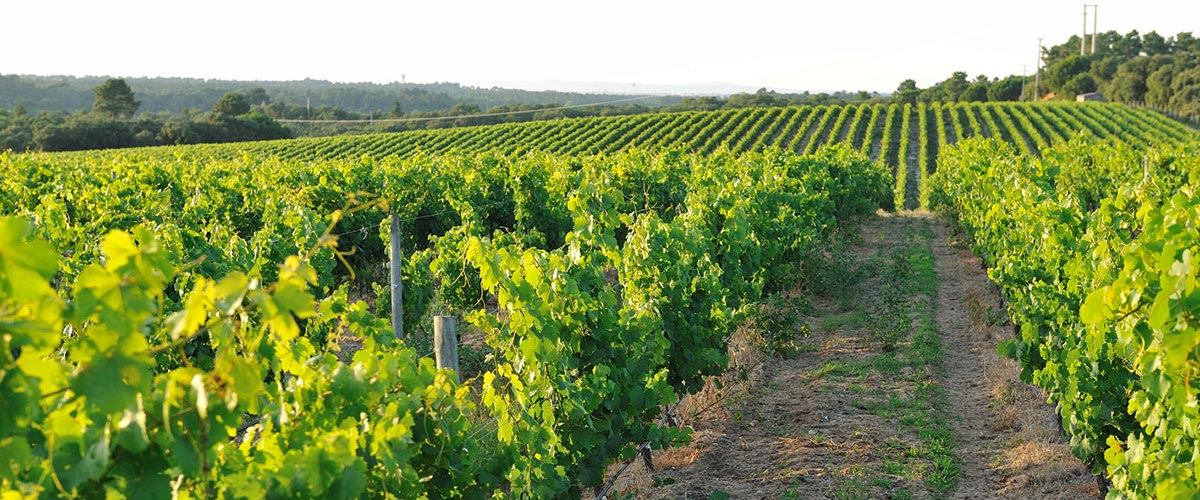
The Region
Located in the metropolitan area of Lisbon, the municipality of Palmela is integrated in the tourist region of Setúbal-Costa Azul, part of the municipal territory being located within the nature reserve of the
Sado Estuary, and another part, within the Natural Park of Arrábida.
Occupied by the Arabs since the 8th century, Palmela is conquered in 1147 by D. Afonso Henriques who in 1185, assigns to it, a charter letter. As a reward for the military support in the reconquest, he donates the
Castle of Palmela to the Knights of Santiago. Following several wars of conquests and reconquests between Christians and Muslims, Palmela was finally recovered during the reign of D. Sancho I, at the beginning of
the 13th century.
In 1323, Palmela is elevated to town status by D. Dinis.
In the year 1423 the mestral convent for the “Nuns of Santiago” is built, under the order of D. João I, and twenty years later, the headquarters of the Military Order of Santiago is installed in the Castle of Palmela,
until the extinction of the Military Orders (1834).
The municipality of Palmela is situated in an area of temperate climate, although it has Mediterranean and Atlantic influences. Average temperatures vary between 11ºC in January and 30ºC degrees in August. With
pleasant temperatures and low levels of rainfall, Palmela is a privileged place to be visited throughout the year.
The gastronomy of the region of Palmela is also greatly appreciated and well known throughout the country, including its famous wines and cheeses - Interestingly, it is the Quinta do Anjo that produces the famous
cheese of Azeitão -, monkfish soup with pennyroyal, fava beans “caramela” style, or rabbit with beans “Palmela” style. Regarding desserts, the less famous “fogaças” stand out. The meringues, almond cakes, and
striped apple (maçã riscadinha - a type of apple only found in Palmela) are also worthy of mention.
 PT
PT EN
EN